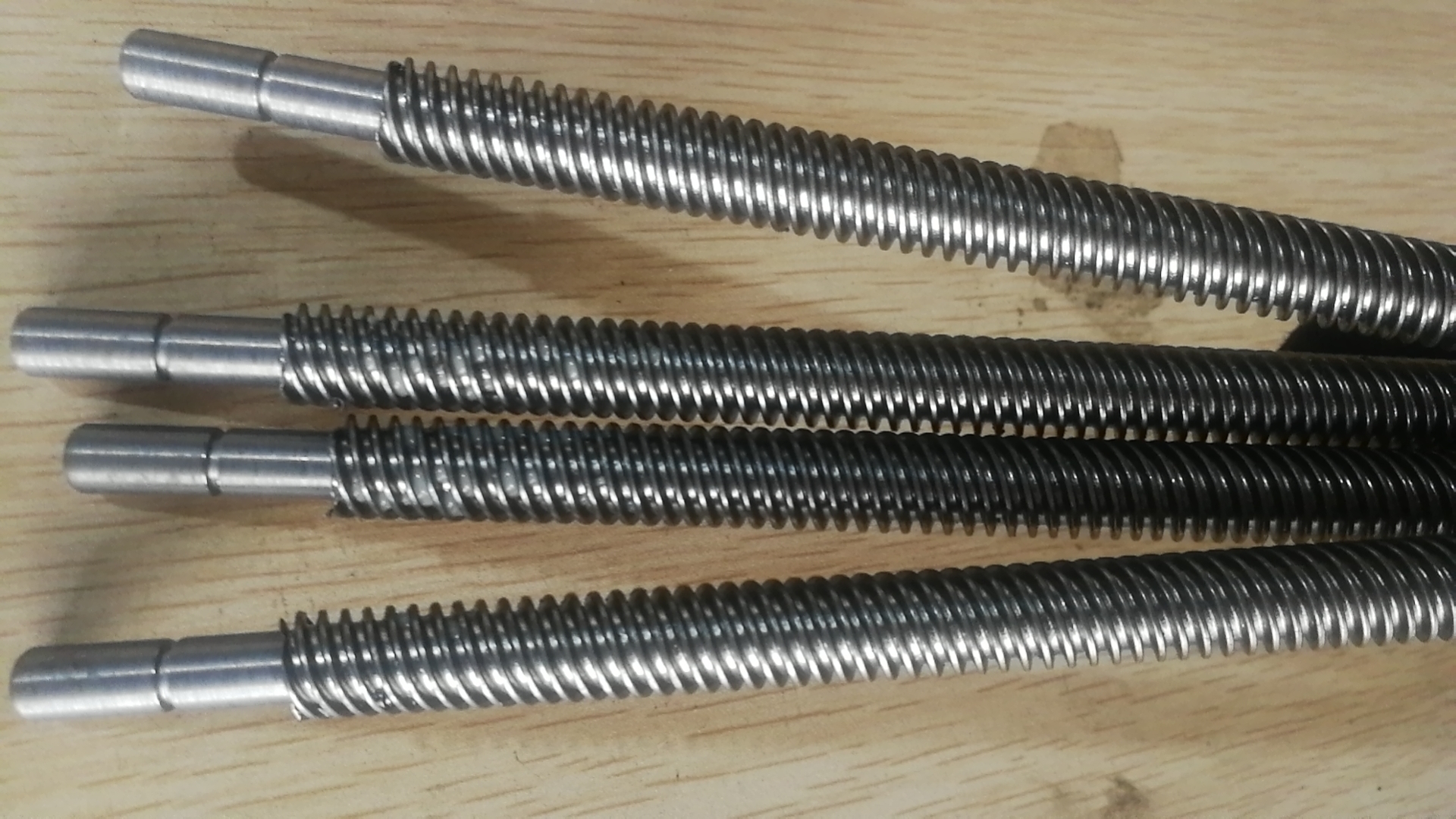
-
 Afrikaans
Afrikaans -
 Albanian
Albanian -
 Amharic
Amharic -
 Arabic
Arabic -
 Armenian
Armenian -
 Azerbaijani
Azerbaijani -
 Basque
Basque -
 Belarusian
Belarusian -
 Bengali
Bengali -
 Bosnian
Bosnian -
 Bulgarian
Bulgarian -
 Catalan
Catalan -
 Cebuano
Cebuano -
 Corsican
Corsican -
 Croatian
Croatian -
 Czech
Czech -
 Danish
Danish -
 Dutch
Dutch -
 English
English -
 Esperanto
Esperanto -
 Estonian
Estonian -
 Finnish
Finnish -
 French
French -
 Frisian
Frisian -
 Galician
Galician -
 Georgian
Georgian -
 German
German -
 Greek
Greek -
 Gujarati
Gujarati -
 Haitian Creole
Haitian Creole -
 hausa
hausa -
 hawaiian
hawaiian -
 Hebrew
Hebrew -
 Hindi
Hindi -
 Miao
Miao -
 Hungarian
Hungarian -
 Icelandic
Icelandic -
 igbo
igbo -
 Indonesian
Indonesian -
 irish
irish -
 Italian
Italian -
 Japanese
Japanese -
 Javanese
Javanese -
 Kannada
Kannada -
 kazakh
kazakh -
 Khmer
Khmer -
 Rwandese
Rwandese -
 Korean
Korean -
 Kurdish
Kurdish -
 Kyrgyz
Kyrgyz -
 Lao
Lao -
 Latin
Latin -
 Latvian
Latvian -
 Lithuanian
Lithuanian -
 Luxembourgish
Luxembourgish -
 Macedonian
Macedonian -
 Malgashi
Malgashi -
 Malay
Malay -
 Malayalam
Malayalam -
 Maltese
Maltese -
 Maori
Maori -
 Marathi
Marathi -
 Mongolian
Mongolian -
 Myanmar
Myanmar -
 Nepali
Nepali -
 Norwegian
Norwegian -
 Norwegian
Norwegian -
 Occitan
Occitan -
 Pashto
Pashto -
 Persian
Persian -
 Polish
Polish -
 Portuguese
Portuguese -
 Punjabi
Punjabi -
 Romanian
Romanian -
 Russian
Russian -
 Samoan
Samoan -
 Scottish Gaelic
Scottish Gaelic -
 Serbian
Serbian -
 Sesotho
Sesotho -
 Shona
Shona -
 Sindhi
Sindhi -
 Sinhala
Sinhala -
 Slovak
Slovak -
 Slovenian
Slovenian -
 Somali
Somali -
 Spanish
Spanish -
 Sundanese
Sundanese -
 Swahili
Swahili -
 Swedish
Swedish -
 Tagalog
Tagalog -
 Tajik
Tajik -
 Tamil
Tamil -
 Tatar
Tatar -
 Telugu
Telugu -
 Thai
Thai -
 Turkish
Turkish -
 Turkmen
Turkmen -
 Ukrainian
Ukrainian -
 Urdu
Urdu -
 Uighur
Uighur -
 Uzbek
Uzbek -
 Vietnamese
Vietnamese -
 Welsh
Welsh -
 Bantu
Bantu -
 Yiddish
Yiddish -
 Yoruba
Yoruba -
 Zulu
Zulu
Understanding the Functionality of Thread Rolling Machines in Manufacturing Processes
Understanding the Thread Rolling Machine and Its Products
In the realm of manufacturing, precision and efficiency are paramount. One of the specialized machines that have revolutionized the production of threaded components is the thread rolling machine. This innovative equipment is critical in producing high-quality threaded fasteners and components used in various industries, from automotive to aerospace. This article delves into the working principles of thread rolling machines, their types, and the products they generate.
What is a Thread Rolling Machine?
A thread rolling machine is designed to create external threads on cylindrical parts through a process known as thread rolling. Unlike traditional cutting methods, which remove material from a workpiece to create threads, thread rolling reshapes the material. This is done by applying pressure to the workpiece with specially designed rolling dies. This method not only enhances the strength of the threads produced but also improves surface finish and reduces material waste.
The Working Principle
The operation of a thread rolling machine is straightforward yet highly effective. The machine generally consists of three main components the workpiece (often made of steel, aluminum, or other metallic materials), two hydraulic or mechanical rolling dies, and a guiding mechanism that aligns the workpiece.
1. Preparation of the Workpiece The process begins with the raw cylindrical workpiece being placed in the machine. The workpiece is often pre-treated or cut to ensure it meets the required dimensions.
2. Alignment and Feeding The workpiece is then aligned and fed into the machine’s rolling area. The guiding mechanism ensures that the workpiece remains stable during the rolling process.
3. Rolling Process Once in position, the rolling dies apply pressure to the surface of the workpiece. The dies, specifically designed with the desired thread profile, press against the material, displacing it and forming threads. This process is ideal for producing various thread forms, including coarse, fine, and even custom profiles, depending on the design of the rolling dies.
thread rolling machine working product

Types of Thread Rolling Machines
Thread rolling machines can be categorized based on their design and the type of threads they produce
1. Flat Die Thread Rolling Machines These machines use two flat dies to form threads. They are suitable for producing large quantities of uniform threaded components and are often used in mass production settings.
2. Circular Die Thread Rolling Machines This design employs circular dies that rotate around the workpiece. They are particularly effective for creating tapered or fine threads and are often used in specialized applications.
3. Roller Threading Machines Instead of traditional dies, these machines use rollers to create threads on large-diameter workpieces. They are commonly employed in the manufacturing of pipes and heavy-duty fasteners.
Advantages of Thread Rolling
The benefits of using a thread rolling machine extend beyond efficiency. For starters, the cold working process inherent in thread rolling enhances the mechanical properties of the material, yielding stronger and more resilient threads. Additionally, since this method does not generate chips, it results in less waste and contributes to a cleaner manufacturing process.
Furthermore, the surface finish of thread-rolled components is usually superior to that of cut threads, reducing the need for additional machining operations. This not only saves time but also lowers production costs, making thread rolling an economically viable option for manufacturers.
Conclusion
In summary, thread rolling machines represent a significant advancement in the production of threaded components. Their efficient operation, coupled with the superior strength and finish of the products they generate, make them indispensable in modern manufacturing. As industries continue to demand higher quality and more durable threaded fasteners, thread rolling machines will undoubtedly remain at the forefront of innovation, driving productivity and quality in manufacturing processes worldwide.
